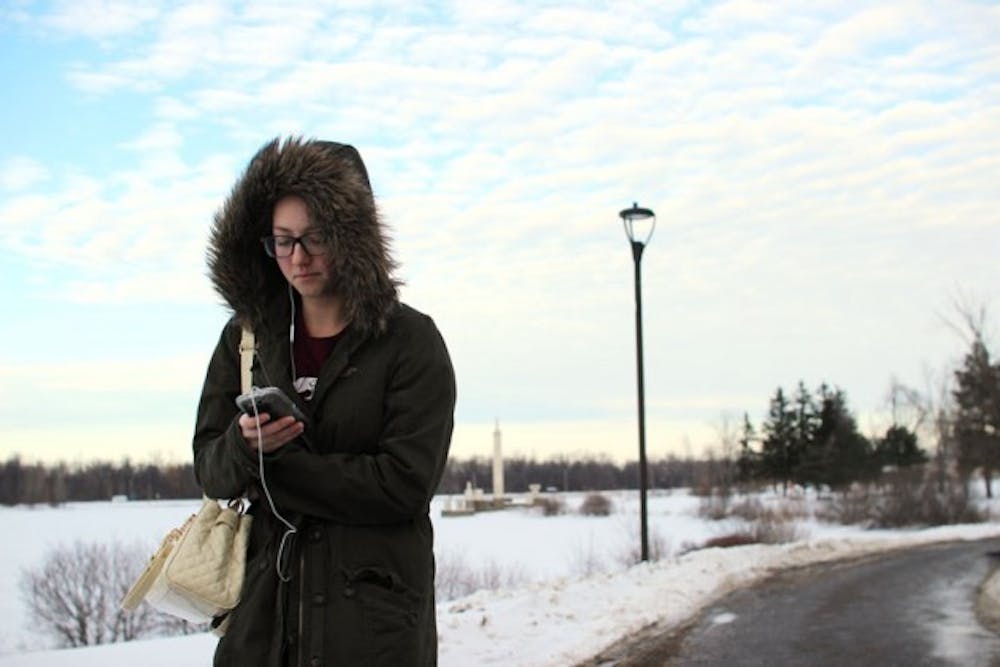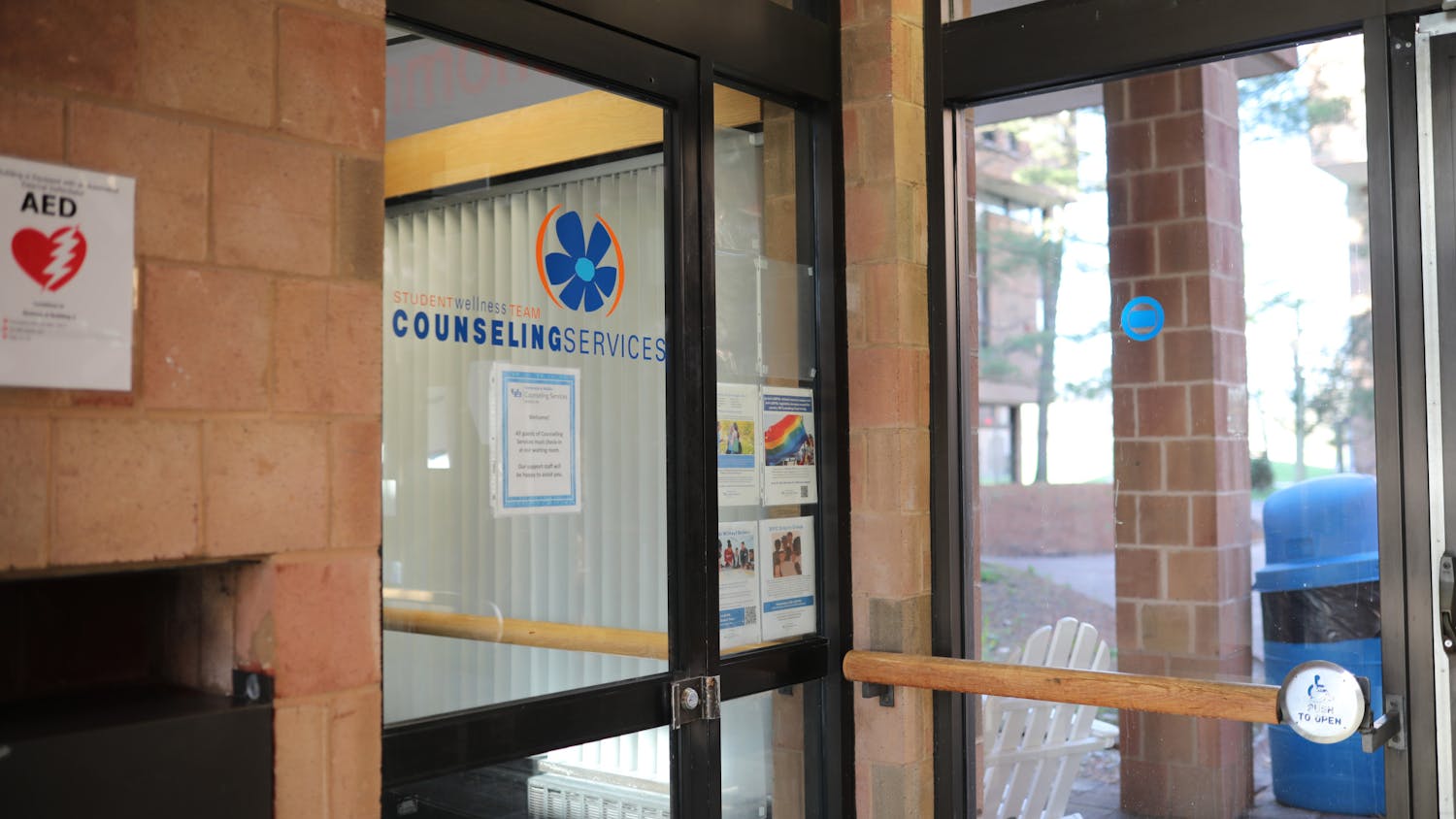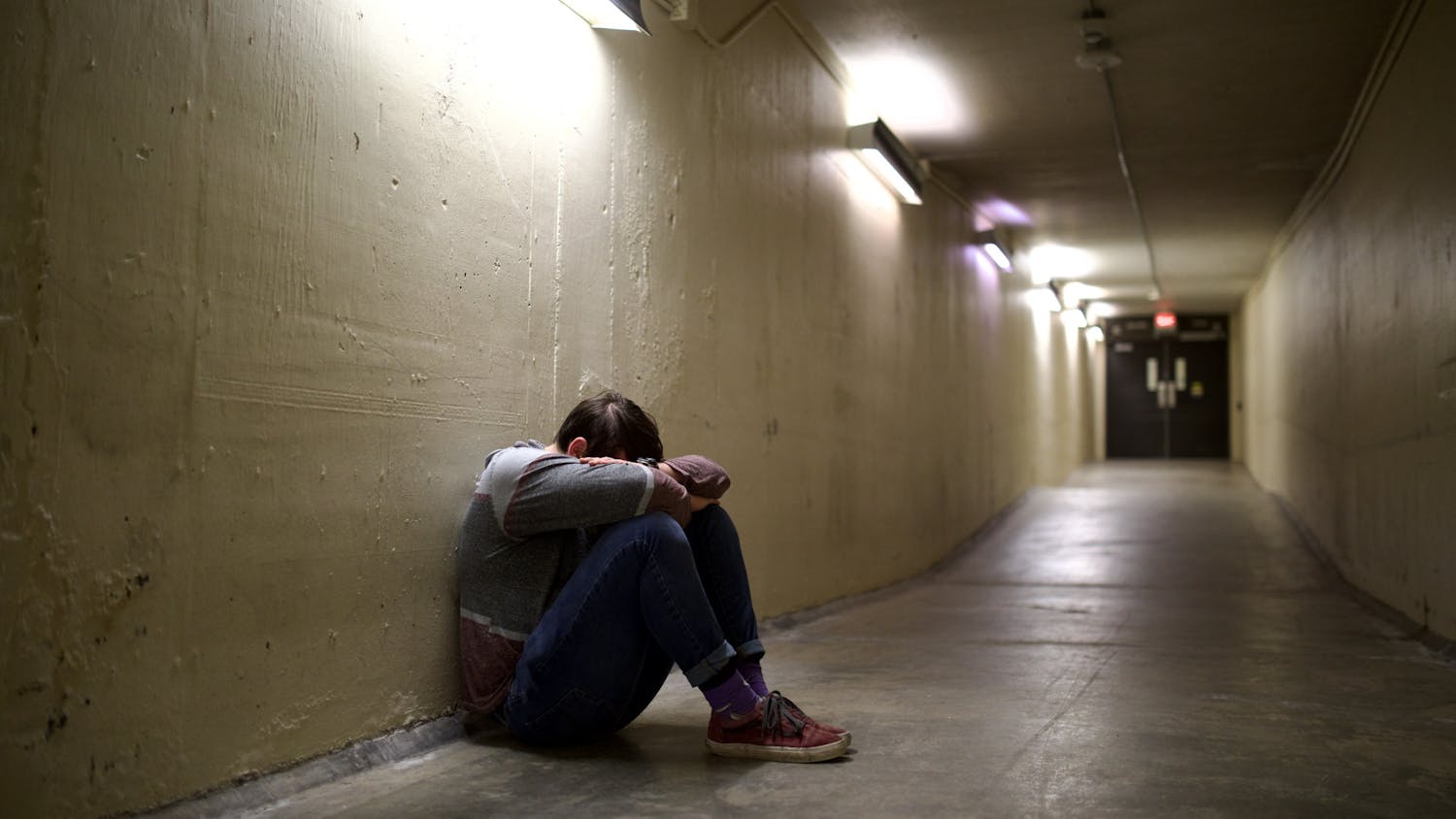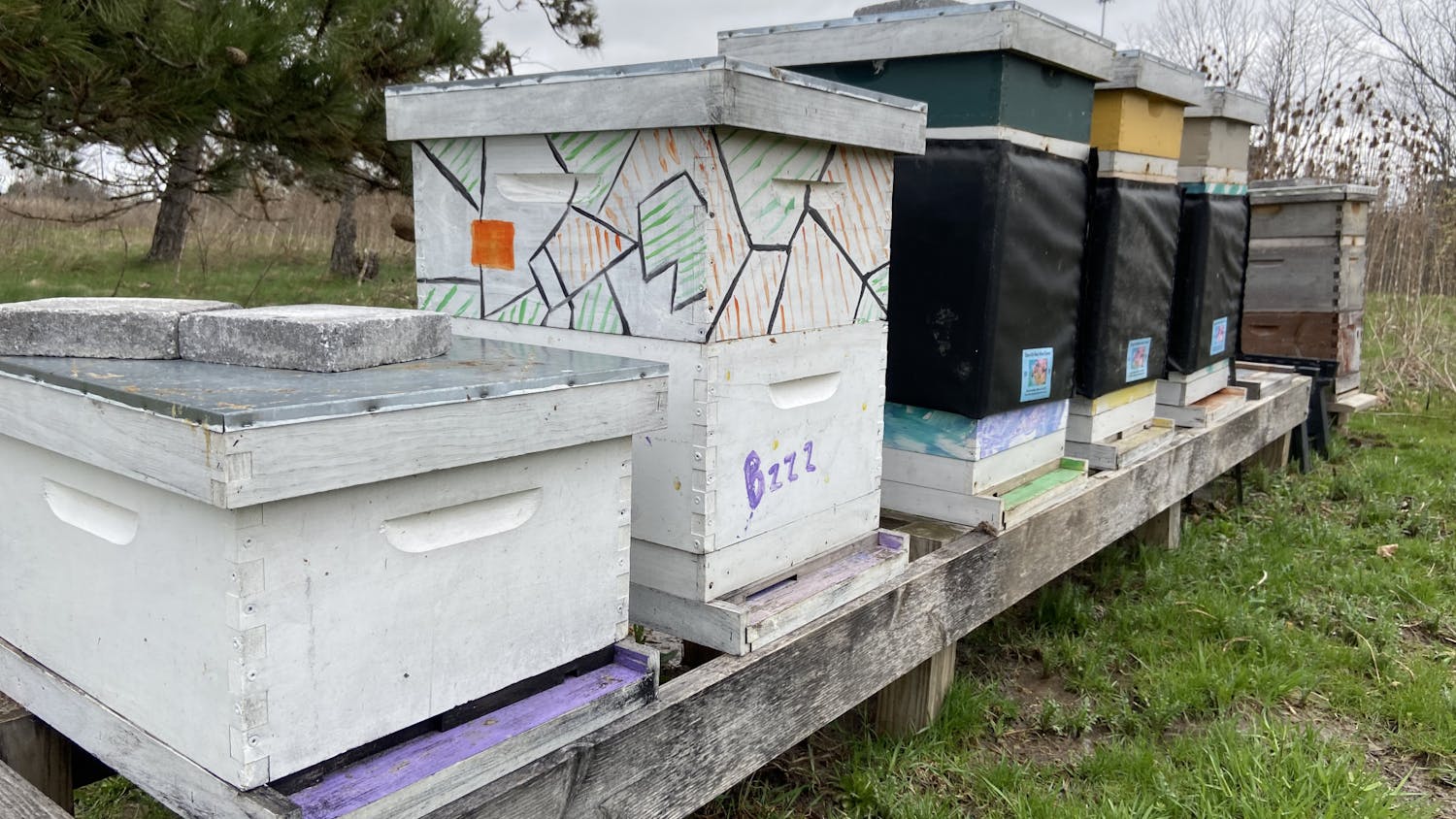This past Saturday night, Christian McCartney, a sophomore English major, skidded across three lanes of traffic on John James Audobon Parkway. He nearly crashed into another car before stopping on the shoulder of the road, facing oncoming traffic.
Buffalo’s notorious winters can be dangerous for students driving to class or back home for winter break. Although icy roads, visibility-reducing snowstorms and high winds endanger many students, UB works to keep students safe on campus. University Facilities mobilizes its “fleet of snow removal equipment” to keep UB’s roads, parking lots, sidewalks and plaza areas free of snow, according to John Hayes, the assistant director of Buildings and Grounds.
“The University does a good job on its roadways and generally they are in better condition than roads on surrounding highways,” said Gerald Schoenle, chief of the University Police Department, in an email. “However, in winter conditions all roads are challenging.”
Despite the serious threat posed by the winter, there has been no reported death of a UB student due to wintery conditions in the past 15 years. Still, once students leave campus, winter conditions can prove dangerous.
Schoenle warns student drivers to slow down, reminding them the maximum speed limit is for clear conditions only. He also advises students to take every precaution when driving in the snow including keeping a small shovel on hand and making sure tires are properly inflated.
Black ice, a virtually invisible layer of ice on the roads, is particularly dangerous for drivers.
In 2013, slippery pavement caused 52 deaths in New York – more than any other environmental factor, according to a DMV crash summary.
McCartney and other drivers faced ice accumulations of up to a few hundredths of an inch Saturday night. The National Weather Service issued a winter weather advisory because light snow and drizzle threatened to create slippery conditions.
Several other cars also skidded off John James Audubon Parkway that night, but no major accidents were reported, according to UPD. The police were on hand to assist other drivers.
A police officer checked up on McCartney and his friend twice, offering them advice on how to get their car out of the snow.
“The car had four wheel drive, but we still had to dig ourselves out for about 20 minutes,” McCartney said.
Alexa Bernstein, a senior speech and hearing major, experienced the brunt of upstate storms while driving home to Long Island at the beginning of winter break.
“I was on the thruway [when] it started snowing and I got caught in a really bad blizzard,” Bernstein said. “My car spun off the thruway into a snow bank.”
She was an hour or two outside of Syracuse, scared, alone and in “the middle of nowhere.”
Nearby, another driver, also stuck, was waiting for a tow truck to pull out his car. The driver helped Bernstein dig out her car and advised her to pull off the thruway because of the bad weather ahead. The driver helped Bernstein push her car off the thruway and shortly after getting her car driving on its own, she spun into another snow bank. Other drivers were able to help Bernstein push her car to a local gas station where she parked it overnight.
Bernstein then walked nearly half an hour through the blizzard to the nearest motel to spend the night.
The motel provided little solace – there was no lock on the door.
“I didn’t sleep the entire night,” Bernstein said. “I was so scared someone would come into my room at any moment.”
She spent the night playing games on her phone and checking in with her parents every hour.
In the morning, Bernstein started the trek back to her car. After spending 30 minutes clearing off the snow that accumulated on her car, she was able to start her drive back home. Bernstein was nervous she would spin out of control at any moment, but she made it safely back home to Long Island.
For students who are worried about driving in the snow, AAA provides some safe driving tips:
- Accelerate and decelerate slowly. Don’t be in a hurry to drive.
- Drive slowly. Everything takes longer on snow-covered roads.
- Don’t stop if you can avoid it. If you can slow down enough to keep rolling until a traffic light changes, do it.
- Don’t power up hills. Applying extra gas on snow-covered roads makes your wheels spin. Try to get a little inertia going before you reach the hill and let that carry you to the top. As you reach the crest of the hill, reduce your speed and proceed down hill as slowly as possible.
- Don’t stop while going up a hill.
- Stay home. If you really don’t have to go out, don’t.
- If you become snow-bound, stay with your vehicle. It provides temporary shelter and makes it easier for rescuers to locate you. Don’t try to walk in a severe storm.
- Have blankets, gloves, hats, food, water, and any needed medication in your vehicle.
- Make sure the exhaust pipe isn’t clogged with snow, ice or mud. A blocked exhaust could cause deadly carbon monoxide gas to leak into the passenger compartment with the engine running.
email: features@ubspectrum.com





